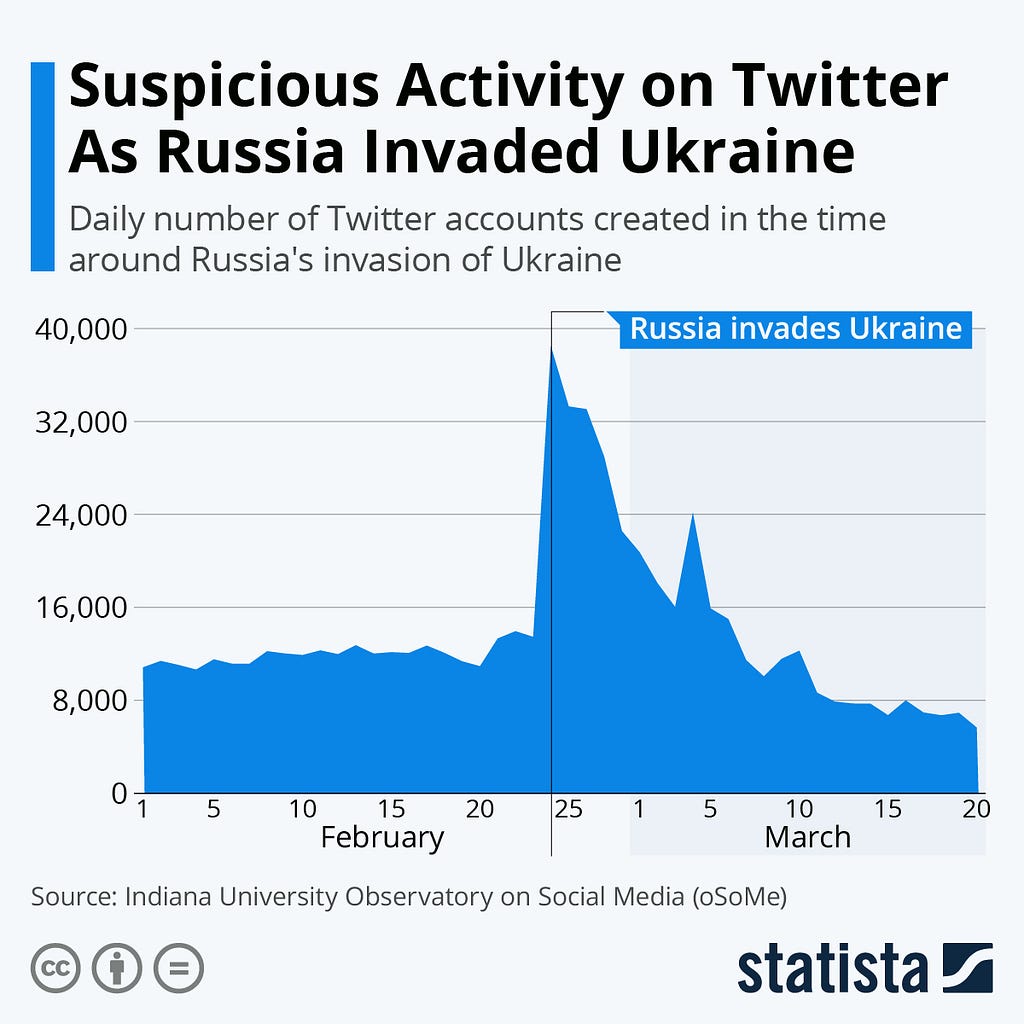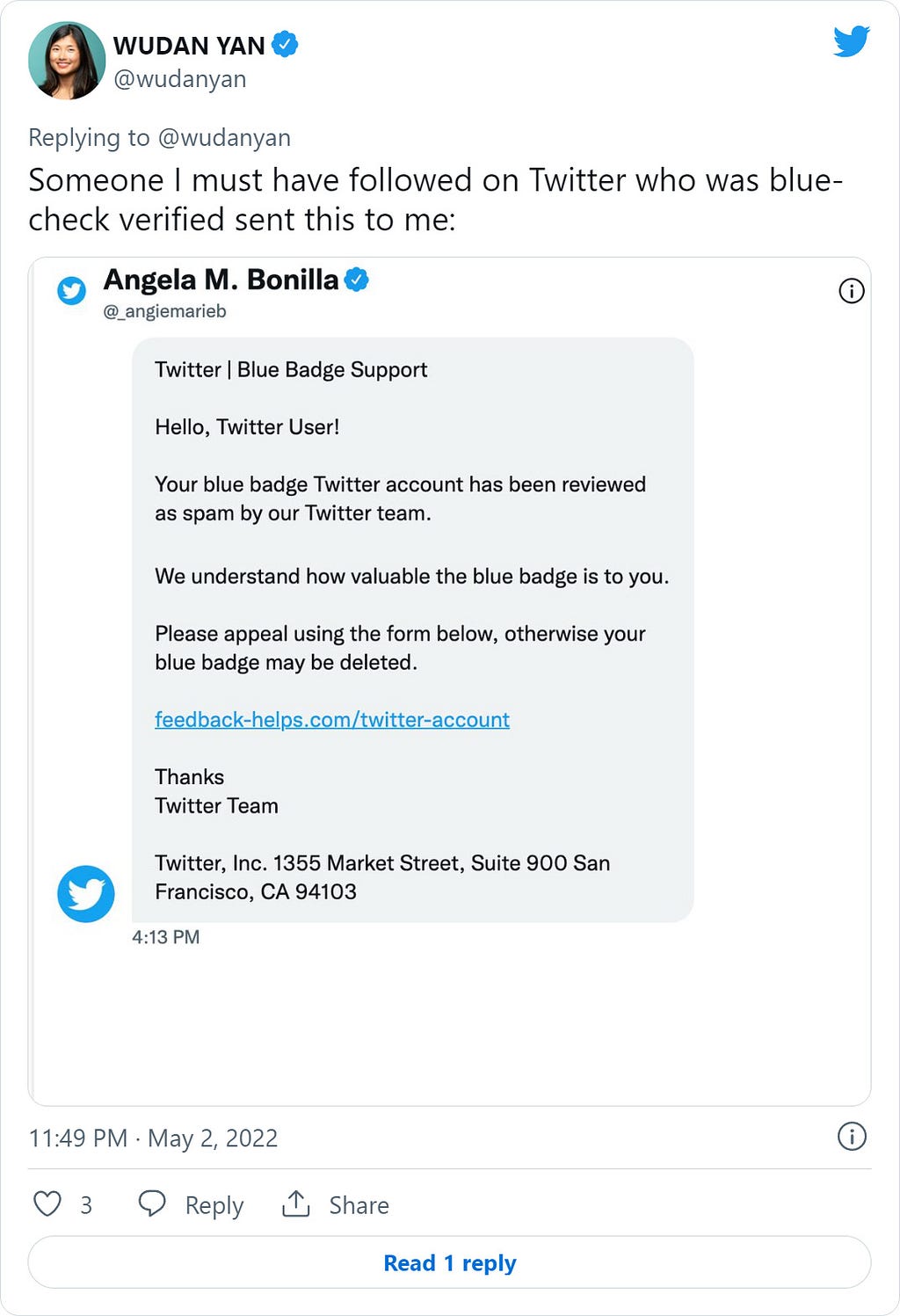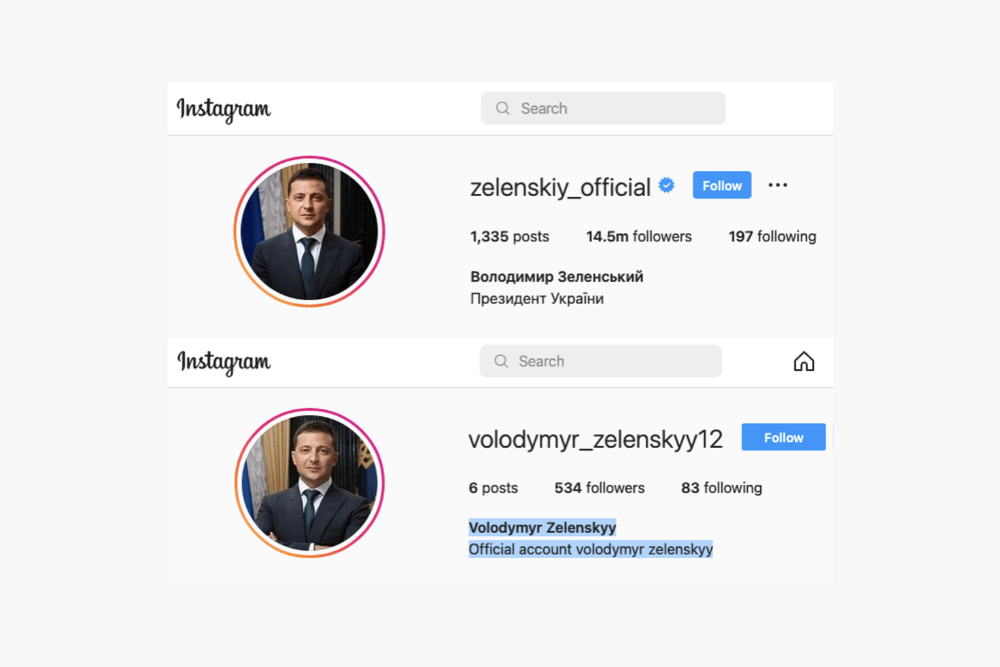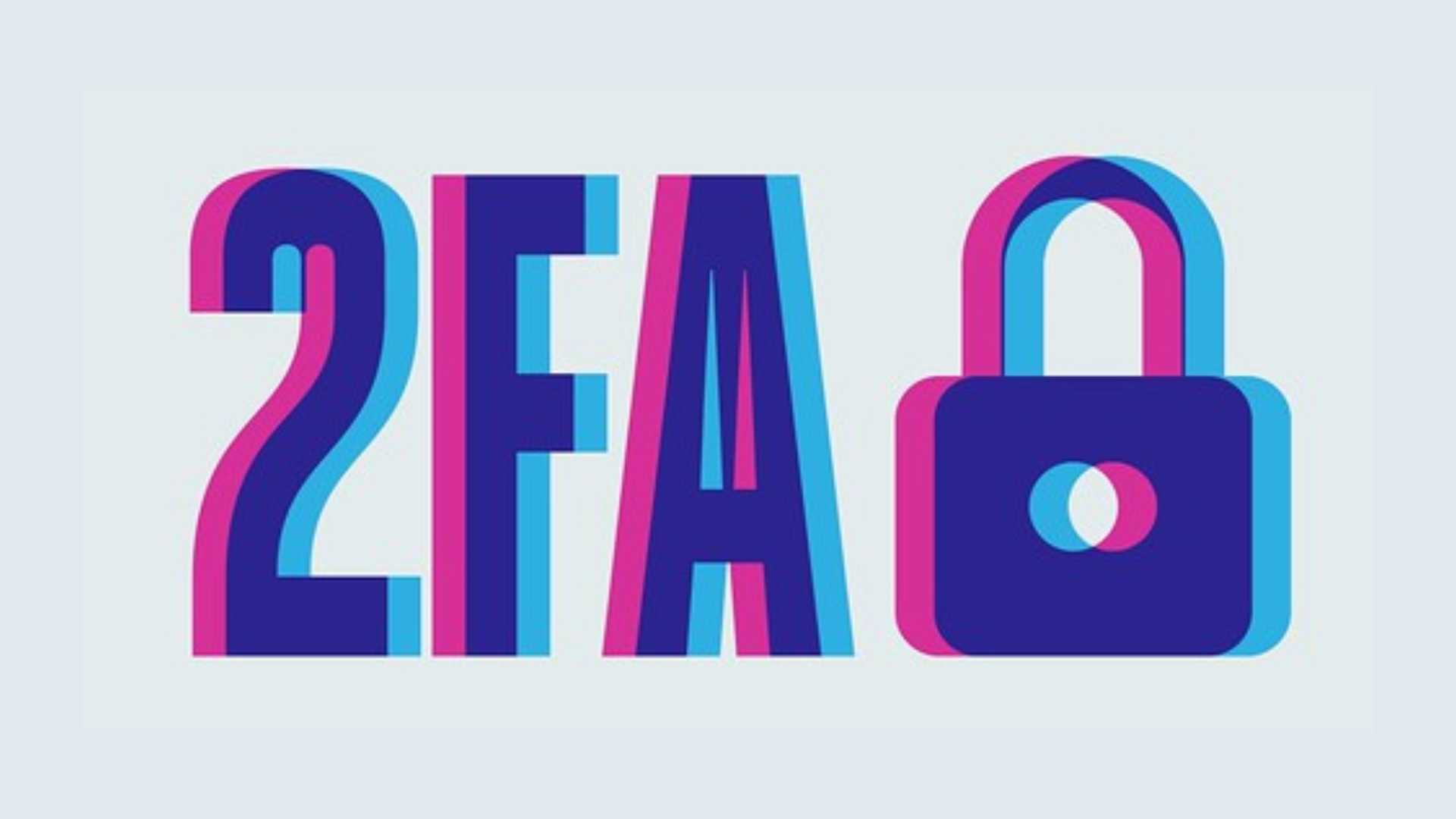How scammers are targeting users through DMs and posts
Twitter has established itself as a prominent social media platform in the contemporary age, with more than 368 million monthly active users globally as of December 2022. Nevertheless, it has also become a popular destination for fraudsters. Taking advantage of Twitter’s vast reach and the ease of creating fake accounts, scammers are using the platform to target users through direct messages and posts. This article will explore the various tactics scammers use to target Twitter users and provide guidance on how to avoid falling prey to these scams.
Common Twitter scams
Here are some of the most common Twitter scams to be aware of:
Cryptocurrency scam

Twitter was hit by a hijacking attack on July 15, 2020, which targeted several high-profile accounts that were used by scammers to promote a cryptocurrency scam. Among the accounts that were affected were those of well-known figures, including Barack Obama, Joe Biden, Elon Musk, Bill Gates, and many others.

The scam involved tweets from these hijacked accounts asking followers to send Bitcoin to a specific address in the next 30 minutes with the promise of doubling their investment

The scam was so successful that it managed to net the attackers over $100,000 in just a few hours before Twitter was able to shut down the affected accounts.
Tech support scam
Tech support scams typically involve a fraudster posing as a legitimate technical support representative from a well-known company, such as Microsoft, Apple, or Twitter itself.

(source)
The scammer will often send a message to a user’s account, claiming that their device has been infected with a virus or malware. They may then offer to “fix” the problem for a fee, which can range from a few dollars to hundreds of dollars.
Sometimes, the scammer may ask the user to install remote access software, which can give the fraudster access to the user’s device and personal information. They may also ask for credit card information or other sensitive data, which can then be used for identity theft or financial fraud.

Figure 5: A phishing attack that targets verified accounts
Donation scam
The paper, titled “Suspicious Twitter Activity Surrounding the Russian Invasion of Ukraine,” discloses that over 38,000 new accounts were established on February 24, the day Russian tanks entered Ukraine, compared to merely 13,500 the previous day [2].

The report indicates that multiple accounts shared content that seemed suspiciously alike at the same time, including posting pro-Russian propaganda. Additionally, researchers discovered that Ukraine-related keywords were employed to spread spam, which included a cryptocurrency scam masquerading as support for Ukraine.

Scammers’ strategies for phishing: How they attempt to deceive you
Scammers frequently employ multiple strategies on social media platforms to trick and swindle unsuspecting individuals. One such tactic involves creating fake accounts and impersonating reputable companies or individuals. Another approach is to hijack verified accounts, modify the account name and information, and target their followers, exploiting the credibility of the blue checkmark.

These fraudulent accounts are used to send messages or post comments that seem to come from a reliable source, encouraging users to visit a phishing website or download harmful software.
How to protect yourself from Twitter scams
Twitter scams are becoming increasingly common, and it’s essential to take measures to protect yourself. Here are some tips to follow:
- Be cautious when clicking on links from unknown or suspicious accounts. Scammers often use fake accounts to trick users into visiting phishing websites or downloading malware onto their devices.
- Verify the identity of the Twitter profile and their tweets history before replying to their DMs
- Enable two-factor authentication on your Twitter account to enhance your security and avoid getting your account hijacked. 2FA adds an extra layer of protection by requiring a code in addition to your password when logging in.
- Use strong and unique passwords for all of your online accounts, including Twitter. And make sure to use a combination of letters, numbers, and symbols.
- Don’t give out personal information to anyone online, especially on social media.
- Stay up-to-date on the latest security threats and scams targeting social media users by following Eydle on Medium, Linkedin, Instagram, and Twitter.
Eydle platform for protecting against scams
Businesses rely on social media platforms like Twitter to grow. As a responsible and proactive business owner, it is essential to take measures to protect your brand from scams online. Eydle’s scam detection platform offers a highly effective solution to safeguard your business from fraudulent activity.
Our platform employs cutting-edge AI technology to identify and neutralize any online dangers, safeguarding your business’s online presence and maintaining its safety and security. We offer comprehensive protection services, including monitoring your social media accounts and preventing phishing attacks, ensuring you are fully protected from potential threats.
Visit eydle.com to learn more about how their system can help protect your brand from scams on social media platforms or contact us at [email protected]
Resources
[1] https://www.statista.com/chart/22296/accounts-compromised-in-twitter-cyber-attack/
Don’t Fall for These Twitter Scams was originally published in Eydle on Medium, where people are continuing the conversation by highlighting and responding to this story.




